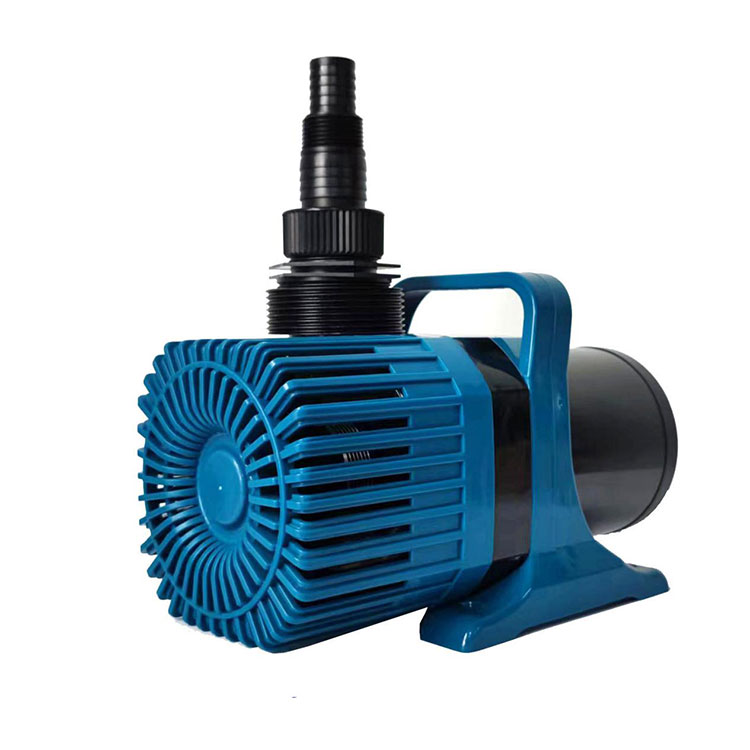- English
- Español
- Português
- русский
- Français
- 日本語
- Deutsch
- tiếng Việt
- Italiano
- Nederlands
- ภาษาไทย
- Polski
- 한국어
- Svenska
- magyar
- Malay
- বাংলা ভাষার
- Dansk
- Suomi
- हिन्दी
- Pilipino
- Türkçe
- Gaeilge
- العربية
- Indonesia
- Norsk
- تمل
- český
- ελληνικά
- український
- Javanese
- فارسی
- தமிழ்
- తెలుగు
- नेपाली
- Burmese
- български
- ລາວ
- Latine
- Қазақша
- Euskal
- Azərbaycan
- Slovenský jazyk
- Македонски
- Lietuvos
- Eesti Keel
- Română
- Slovenski
- मराठी
- Srpski језик
Diaphragm Pumps: Latest News and Innovations
Diaphragm pumps have always been an important part of various industries including agriculture, chemical processing and wastewater treatment. These pumps are known for their ability to handle a variety of fluids, including corrosive and abrasive substances, making them a versatile and reliable choice for many applications. The diaphragm pump industry has seen some exciting developments and innovations in recent years, making it an exciting time for players in the industry.

One of the most important advancements in diaphragm pump technology is the integration of intelligence and IoT capabilities. Manufacturers are now integrating sensors and monitoring capabilities into diaphragm pumps, enabling real-time performance tracking and predictive maintenance. This not only increases pump efficiency and reliability, but also reduces downtime and maintenance costs for the end user. With the ability to remotely monitor diaphragm pumps, industries can optimize their operations and minimize the risk of unexpected failures.
Another area of innovation in diaphragm pump technology is the focus on energy efficiency and sustainability. As industries strive to reduce their environmental footprint, diaphragm pump manufacturers are developing more energy-efficient models that minimize power consumption without compromising performance. Additionally, there is an increasing emphasis on using environmentally friendly materials and manufacturing processes to produce diaphragm pumps, in line with the global push for sustainable practices.
In the world of diaphragm pump news, there are compelling collaborations and partnerships between pump manufacturers and technology companies. These collaborations aim to leverage cutting-edge technologies such as artificial intelligence and machine learning to optimize the performance and reliability of diaphragm pumps. By harnessing the power of data analytics and predictive algorithms, these partnerships are driving the development of smarter, more adaptable diaphragm pump solutions.
Additionally, the adoption of 3D printing technology in diaphragm pump manufacturing opens up new possibilities for design flexibility and customization. This innovative approach enables the creation of complex geometries and intricate parts that were previously difficult to produce using traditional manufacturing methods. As a result, diaphragm pumps can be customized to specific application requirements, improving efficiency and performance under different operating conditions.
In the world of diaphragm pump news, there are compelling collaborations and partnerships between pump manufacturers and technology companies. These collaborations aim to leverage cutting-edge technologies such as artificial intelligence and machine learning to optimize the performance and reliability of diaphragm pumps. By harnessing the power of data analytics and predictive algorithms, these partnerships are driving the development of smarter, more adaptable diaphragm pump solutions.
Additionally, the adoption of 3D printing technology in diaphragm pump manufacturing opens up new possibilities for design flexibility and customization. This innovative approach enables the creation of complex geometries and intricate parts that were previously difficult to produce using traditional manufacturing methods. As a result, diaphragm pumps can be customized to specific application requirements, improving efficiency and performance under different operating conditions.
In summary, the diaphragm pump industry is experiencing a period of rapid growth and innovation, driven by advances in technology, sustainability and manufacturing processes. The integration of smart features, energy-efficient design and cutting-edge collaboration is reshaping the landscape of diaphragm pump solutions, delivering enhanced performance, reliability and sustainability. As these developments continue to unfold, the future of diaphragm pumps looks promising, with a focus on meeting the changing needs of the industry while minimizing environmental impact.



